Wattles should be a major highlight of this month as, at the time of writing – mid July – I had seen so many about to burst into flower.
My favourite is always Acacia pycnantha Golden Wattle.
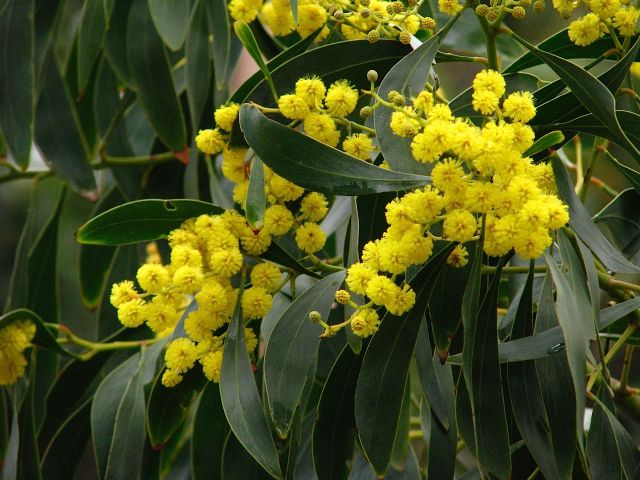
Golden Wattle
Its rich clusters of golden balls contrast so well with the long, dark-green phyllodes. However, many of our weeders are very ambivalent about Golden Wattle, as some people think that it has been introduced to our area; certainly, it is quick to overwhelm other plants in parts of our district.
A smaller plant, but also widespread, is Acacia myrtifolia Myrtle Wattle.

Myrtle Wattle
It has delightful, and much paler, single, yellow pom-poms clustered amongst the short, rounded, leathery phyllodes. These are just two of the twenty-one species that will be in flower over spring – how many can you identify?
August is the month to look out for flowers on the three most common Drosera Sundews.
D. peltata subsp. auriculata Tall Sundew, and D. macrantha subsp. macrantha Climbing Sundew, have small, white to pink flowers. It is worth a closer look at the leaves for insects trapped by the sticky mucilage on the surface of their leaves – what fascinating plants they are!
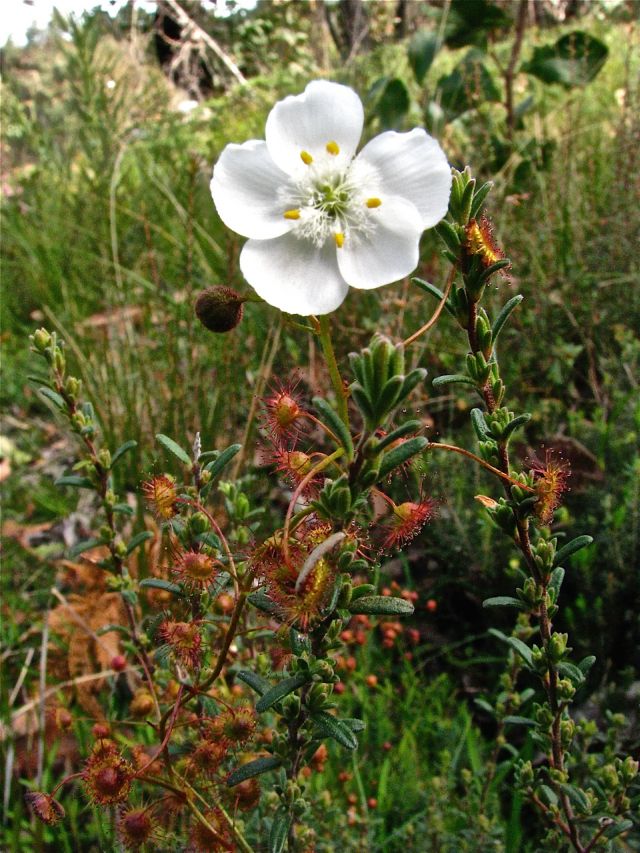
Drosera whittakeri subsp. aberrans Scented Sundew is very different, with a single, ground-hugging, fragrant, white flower, which is most commonly found after fires.
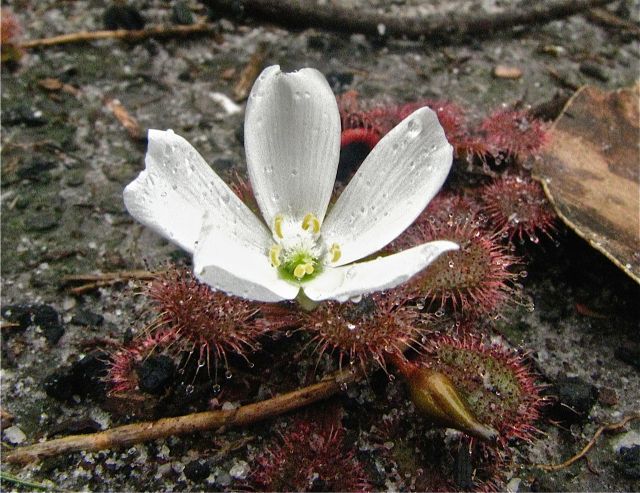
Scented Sundew
At the microscope group, we studied two plants from the Goodeniaceae family, Goodenia ovata Hop Goodenia and Selliera radicans Shiny Swamp-mat. I recommend that you have a close look at their flowers through your magnifier. Firstly look at the irregular petals, each with a more rigid, pointed, centre panel, and winged outer edges or lobes.

Hop Goodenia showing the ‘winged’ petals
Then look for the female organ (the petals of the goodenia need to be separated to find it), which ends in an indusium, which is a pollen-collecting, cup-like collection of hairs enclosing the stigma as in Goodenaceae* – it is beautiful.
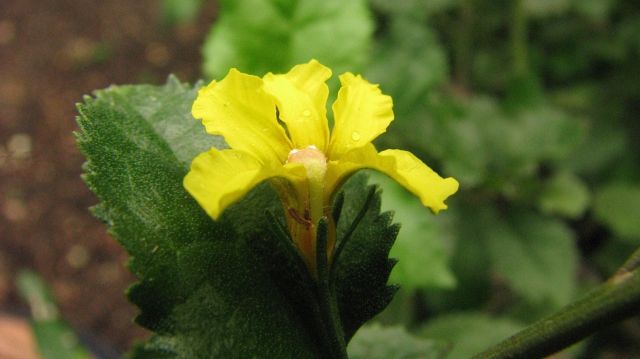
Hop Goodenia showing the indusium
In the coastal heathlands I have been enjoying a Senecio or Groundsel species, which is a small, colourful, bright-yellow daisy bush. I usually ignore these plants, which does seem silly; they are so attractive, and I am not even sure, which one of the seven species this is – maybe you can tell me?
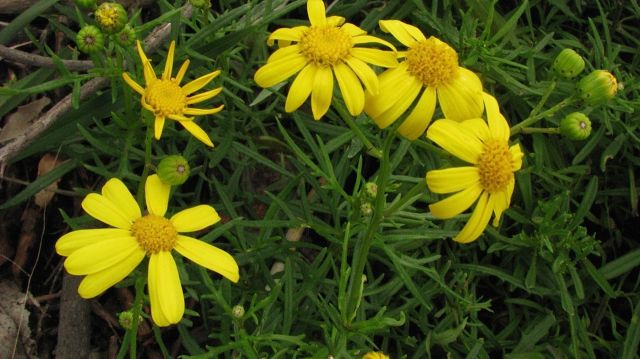
Groundsel
I have seen buds on Tetratheca ciliata Pink Bells, and will be looking for the tiny, starry Wurmbea dioica subsp. diocia Early Nancy, with its different flowers on male and female plants. I will particularly be on the lookout for the rare Wurmbea latifolia subsp. vanessae Broad-leaf Early Nancy, which is only known to grow in one area along the Aireys Inlet cliff tops. It the first of the Early Nancys, and the smaller of these two species.
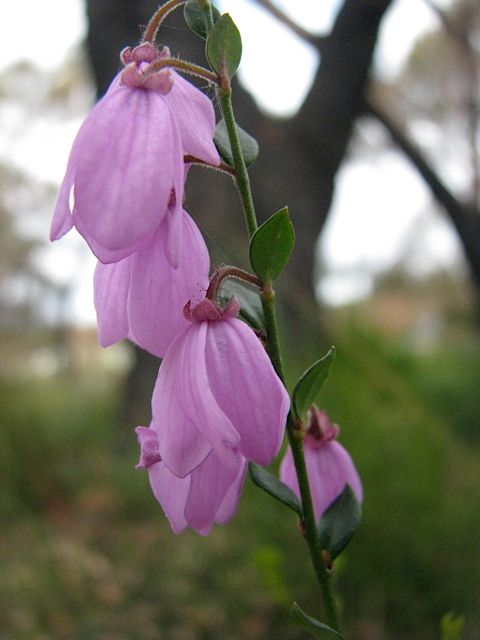
Pink Bells
Flowers of Anglesea and Aireys Inlet shows clearly the difference between the male and female flowers on the Early Nancy. This book is very useful in identifying the many flowers that will be emerging this month.
* From Mayfield, Enid, 2013 Flora of the Otway Plain & Ranges 2 CSIRO PUBLISHING
Ellinor Campbell